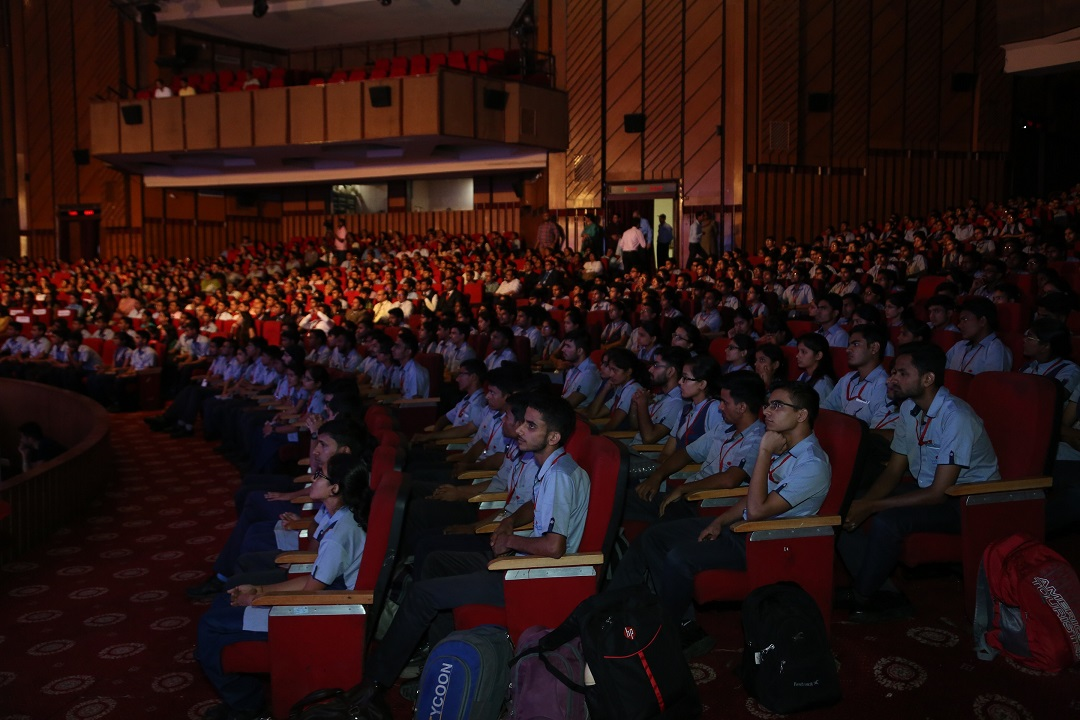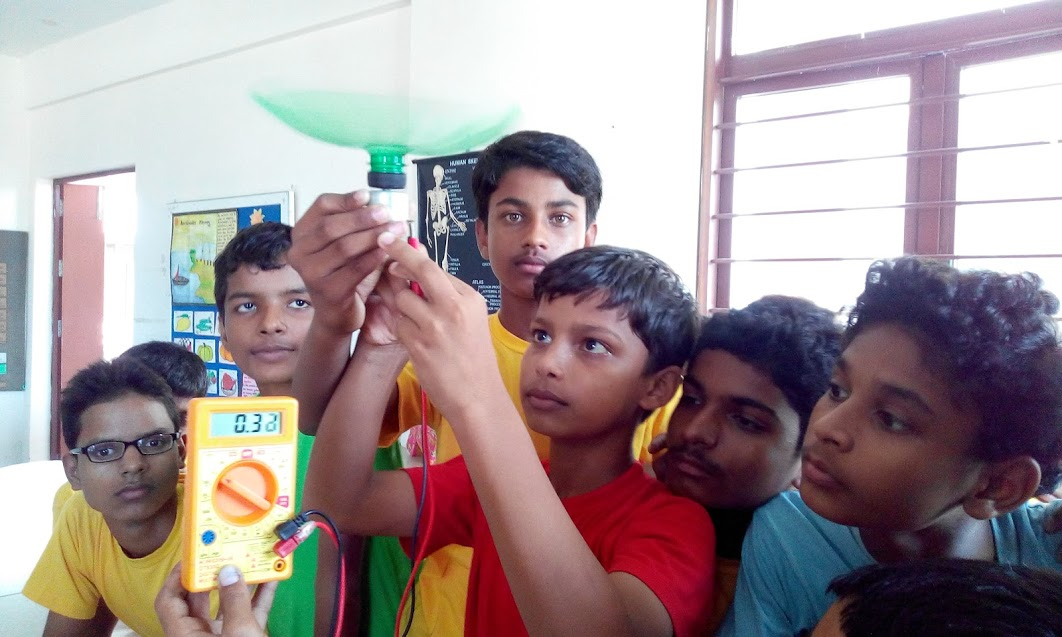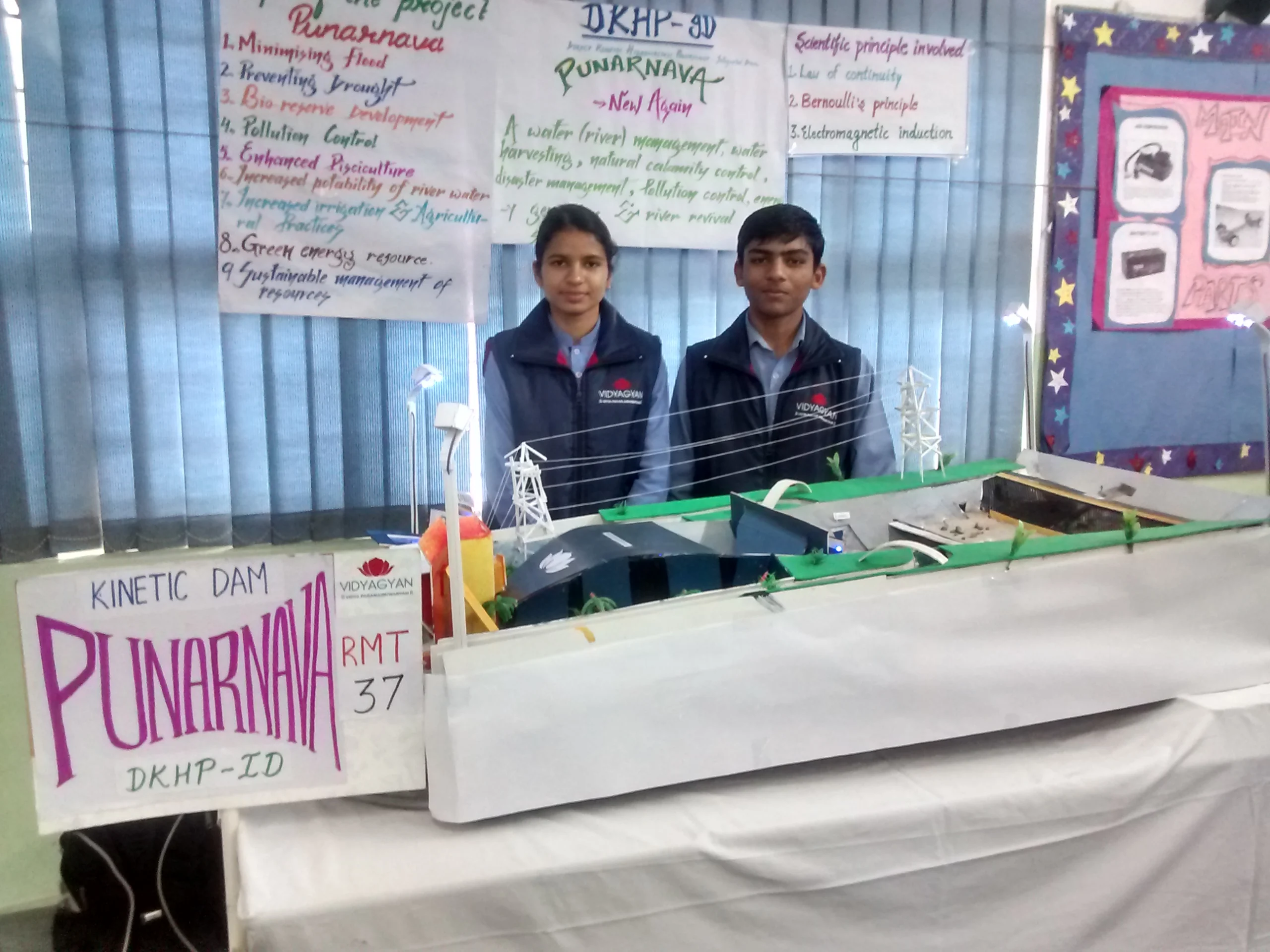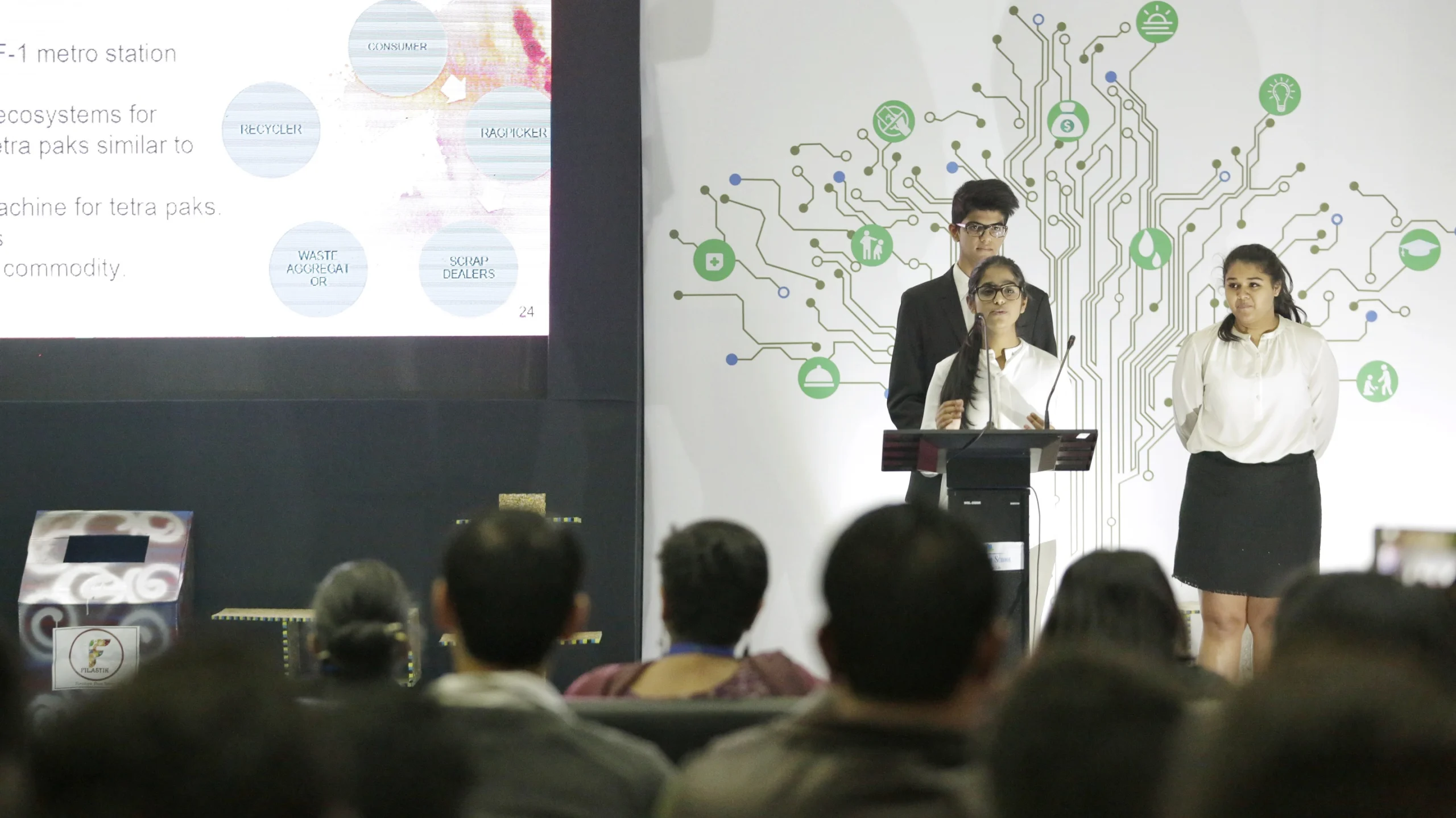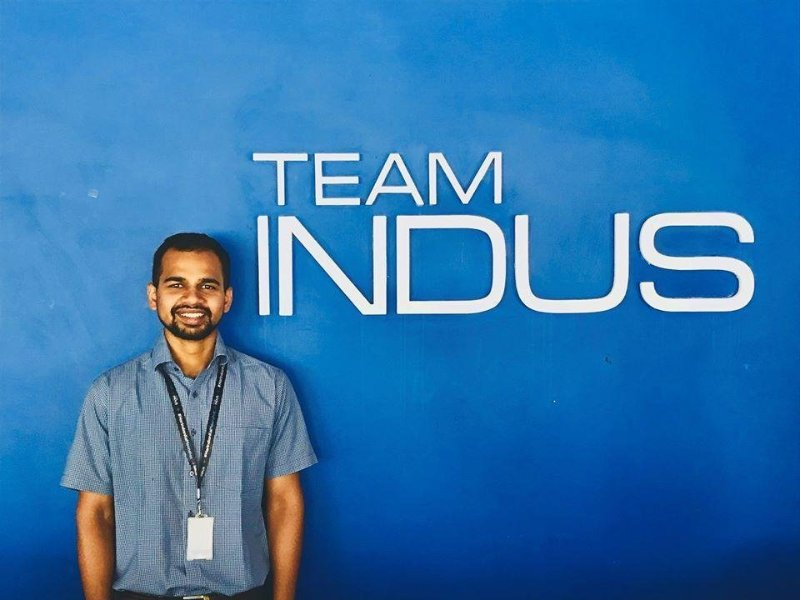State of research in India
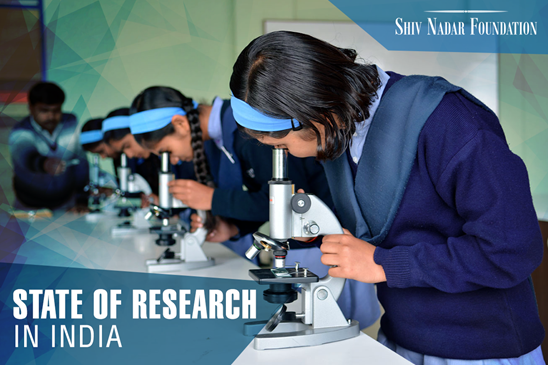
India has a huge talent pool which comes at a significantly low cost but it is not leveraged well in the field of research. There are two main reasons for that. Firstly, when deciding the subject or discipline to be pursued for higher education, Indian students are often guided by the material worth of the subject rather than their academic interest. It therefore translates into most of the potentially gifted students opting to pursue professional courses like medicine or engineering rather than pure sciences. Secondly, students who indeed choose to pursue academic research are discouraged by the lack of research infrastructure and opportunities in most higher education institutes of the country and also the inadequate reward of delivering excellence in research and teaching. While motivating more students to join the pursuit of academic research will require an entire overhaul of the pedagogies and prevalent social mindscape, the first step would be to understand and address the second face of the problem, ie, lack of scope and reward for research.
Among the top reasons that have historically proven to be the biggest roadblock to developing research in our country are:
Massive expense – The setting up of labs and the procurement of necessary equipment requires large amount of funds. Given the nature of this mammoth investment, most Indian researchers still rely on government funding. At the same time government funding for academic research has been and will remain limited and the small academic universe will be competing for the same grants leading to severe competition.
Inadequate R&D investment by private companies – In India, R&D investment by the private sector is very low, amounting to only around 25% of the total investment in research. The main reason for this is that most Indian companies fall in the small or medium scale bracket, with limited profits to invest towards research. Due to the high subsidies and tax benefits accorded to such companies, the incentive to redesign and deliver better products in order to expand the business is low. Even the larger private corporate houses like IBM, GE, Motorola, etc, which invest significantly in R&D in other countries, are not encouraged to set up in-house R&D centers to attract scientists and researchers.
Limited opportunities for translating research output into practical implementation – India does not have a legislation that would enable the transfer of know-how from the research labs at universities to the industry for commercialization. Not only advanced economies but also developing countries such as South Africa, Indonesia and Brazil have legislation that enables licensing and transfer of economically significant innovations to commercial markets. It is important to put these laws in place to encourage private investments in research.
Copyright and patenting laws in India not stringent – The U.S. Chamber of Commerce released its 5th annual International IP Index in 2017. It rated 45 global economies on patents, trademarks, copyright, trade secrets, enforcement, and international treaties in order to provide a guidebook for policymakers seeking to bolster economic growth and innovation. The Index ranked India at 43. India’s short supply of patent examiners were cited as the main reason for this. Speedy examination and registration procedures will be the first step towards correcting this imbalance.
While there is no unidimensional solution to the problems plaguing India’s scope of research, there are several measures that have been adopted in the recent years that hold out a beacon of hope. The government has taken several initiatives to encourage research – not just at the higher education level but also school level. These steps include:
Setting up Incubation Centers with Seed Money to do innovative research under the ‘Atal Innovation Mission’ enabled by NITI Ayo – It is also setting up the ‘Atal Tinkering Laboratories’ in schools to foster out-of-the box thinking and scientific curiosity among students
Setting up of research parks in central educational institutions – 13 Startup Centres, 16 Technology Business Incubators (TBIs) and 6 Research Parks are already being established under the Startup India scheme.
Encouraging private research investment – Uber Technologies making its Bengaluru technology centre a hub of product innovation for India, introducing new products on payments, vehicle intelligence and mapping, the Tata Group collaborating with world’s leading academic institutions including IIT, Madras to fund research and development opportunities, are just some examples.
Streamlining processes for technology transfer – The National Research Development Corporation (NRDC) is also collaborating with Indian Institute of Chemical Biology (IICB) which will give an impetus to the “Startup India” and “Make in India” missions of the Government of India by promoting entrepreneurships, incubation, Intellectual Property Rights (IPRs) and technology transfer.
In conclusion, we should note that inspite of hurdles present, India produces researchers, who are respected globally and if India finds a way to boost private investment in research and bridge the industry-academia gap, the research scores of our country will improve significantly.
NEXT ARTICLE
VidyaGyan Hosts its 2nd Graduation Ceremony




